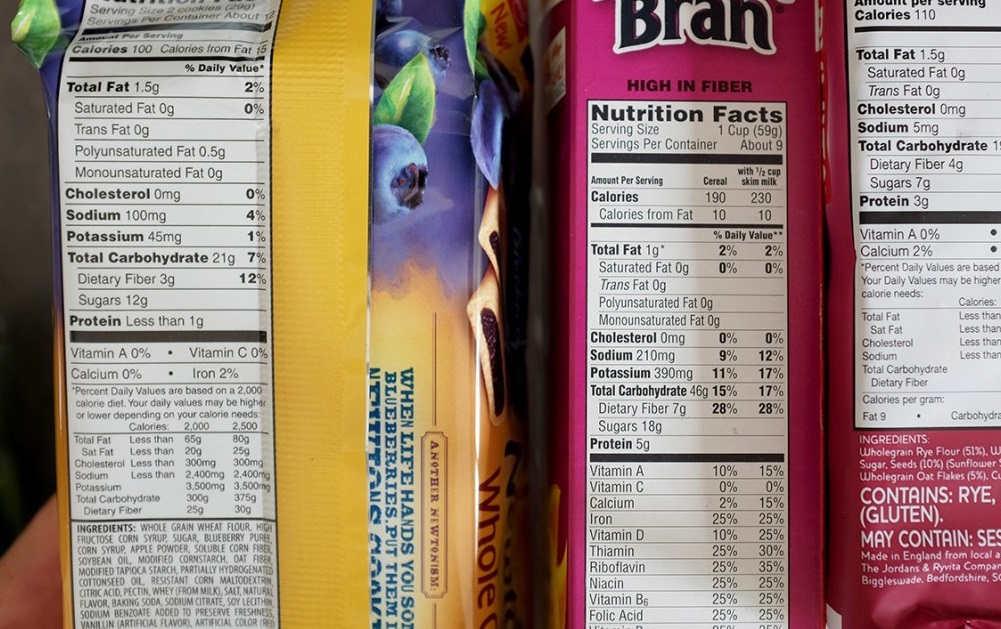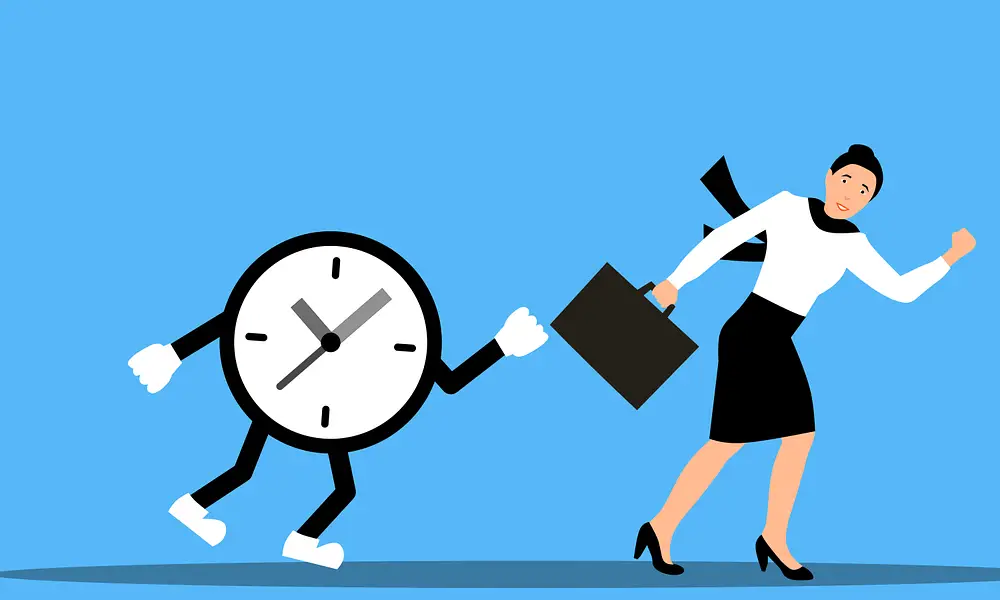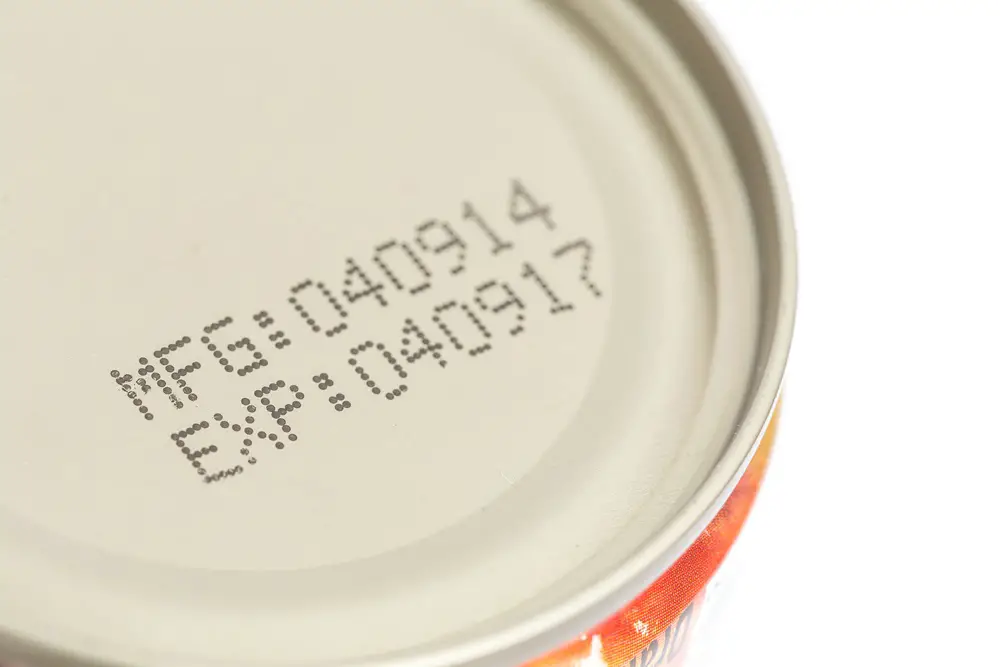
by Aeesha McOsei | Mar 11, 2022 | Personal Growth
Do you have trouble sleeping? You hit the bed after a long day, and instead of falling into slumber, you keep tossing and turning. At some point in one’s life, falling asleep might become difficult. The factors causing these may be stress, anxiety, illnesses, etc. From bad skin to puffy eyes to migraines to mood changes, and unproductivity, lack of sleep can be detrimental to health. The effect of lack of sleep in the body, and life, in general, cannot be overemphasized.
One of the best ways to increase your productivity and live a good life is to fix one’s sleep. Nothing is worse than having a long and stressful day and then finding it hard to drift off at night.
Regard the following as a checklist on how to sleep better, a list to mentally tick off for better sleep. These are easy steps you can imbibe in your day-to-day life for a good night’s rest. Take them up one after the other and implement them daily. You don’t have to do everything all at once, pick one at a time until they become part of your night routine.
How to Sleep Better at Night
Before Bedtime
1. Reduce Caffeine Intake
Drinks containing caffeine like coffee, soda, etc. keep you alert by stimulating your brain and central nervous system.
Reducing their intake, especially late in the afternoon, can help you sleep better since the stimulating effect would have worn out your body.
2. Eliminate Heavy Food
Eating a large meal or eating very late at night will not only aid weight gain but will also tamper with your bedtime. You might feel uncomfortable or bloated because of the undigested food in your stomach.
It is advisable to eat a full meal early in the evening or eat lightly at night. Avoid midnight snacking.
3. Organize Your Bedroom
A well-arranged room will help promote sleep more than a scattered one. Try putting your bedroom in order before bed and make your bed with fresh bedclothes and pillowcases. A smelly and lumpy bed will not induce sleep but a well laid and clean one will.
4. Reduce Screen Time
One or two hours before you go to bed, ditch the phone, laptop, and TV. However, this might not be easy to do, especially on the phone, since we live practically on our gadgets.
It will be better if we let them go before going to bed so our eyes can be away from the bright light they produce, which affects our sleep.
5. Create a Sleep Schedule
Come up with a time when you will go to bed every day and stick to it. Sleeping at different times might be hurting your sleep as your body cannot keep up with it.
Once your body adjusts to a sleeping schedule, you will naturally fall asleep during that time. Check out how to create a foolproof sleep schedule here.
6. Improve Ventilation to Help You Sleep Better
Before going to bed, air out your room by turning on a fan, or air conditioner or by simply opening up the windows. A hot and stuffy or smelly room will disturb your sleep. It is advisable to get rid of anything that will make your bed space inconvenient.
Tips to Sleep Better During Bedtime
7. Take a Shower or Bath Before Sleep
You should not go to bed with all the sweat and dust from the day. Taking your bath before going to bed will not only clean your body but will also relax and refreshen you.
Make a habit of taking a shower before going, no matter how tired you may be.
8. Wear Comfortable Night Wears
Avoid wearing tight or body-fitted clothes to bed. Endeavor to wear more loose night wears as they will allow easy blood flow and let you sleep better.
9. Try Yoga
Bedtime yoga, along with meditation is one of the best things to do for better sleep as it reduces stress and makes you relaxed enough to sleep. Bedtime yoga poses are easy to do and can be done on the bed.
10. Read a Book
If you are still not feeling relaxed enough to sleep, you can try to read a book. Reading a book can be soothing for some, and for others, it is an instant sleep pill. If you are part of the latter, I recommend putting a book on your bedside table to help you induce sleep.
However, I do not recommend this for avid readers, so you don’t “just one chapter” your way to 3 a.m.
11. Turn Off the Lights (Or Not)
There are different perspectives on this. Some people cannot fall asleep with the lights on, but it is otherwise for some. Whichever way, try to reduce your exposure to harsh or bright light.
You can turn it off altogether or use a lesser intense light like red bulbs. However, you should avoid blue light.
12. Listen to Relaxing Tunes
Determine what is relaxing and soothing to you and play at reduced volume to help you fall asleep.
13. Have Good Thoughts
The type of things you occupy your mind with will determine how well you will sleep. Thinking about sad and bad things can raise your alertness and will keep you up from sleeping. While having good and happy thoughts will lure you to sleep. Save all the worrying for the next day and get to bed.
A good night’s sleep will give you a fresh start to tackle life problems the next day.
Conclusion
Lastly, sleeping pills are not a good option for sleep as they can be addictive and detrimental to health. Avoid these as much as possible unless a doctor prescribes them. If your sleeplessness persists, you should seek medical attention.

by Aeesha McOsei | Oct 1, 2021 | Health & Wellness
Every packaged food item comes with a food label, giving different information about the food. Common food labels provide information on what you need to know about that food item. It is important to scan through the food labels on food products to equip yourself with what makes up the food. Furthermore, you could also learn about the production date and whether the food is certified or not.
Common Label on Food Products
1. Nutritional Facts
This is a block of information that gives the most detail about the food item. In summary, it tells you all you need to know about the food’s benefits. This section is divided into three categories:
Serving Facts
This tells you the amount of the stated serving that is available in any food item. It is NOT a recommendation of how much food you should eat. This information is given either in grams, units, etc.
Calories
If you are counting your calories for weight gain or loss, this piece of information is vital for you. The stated amount is the number of calories you would get from each serving about.
For instance, if the label says 230 calories per serving of 1 cup and you consume two cups, then 230 x 2 = 460 calories. 460 calories is the total amount of calories consumed.
Nutrients
This table will show you all the nutrients or some prime nutrients present or absent in that food item. The company may give the figure in microgram (mg) or grams (g). This section is, in fact, vital if you have a deficiency of a nutrient or you are avoiding one.
Do know that each value given is for one serving of the food if you are eating more than one servings them multiply as I did above. Some of the nutrients commonly given are fat, sugar, carbohydrates, sodium, fiber, etc.
Recommended Daily Value (RDV):
Companies express this piece of information in percentage. It is telling you how much of the servings of that food contribute to your recommended daily diet.
Ensure to compare these details with other food you will eat during the day to get enough nutrients.
2. Ingredients
When you look at this section, you see every raw material used to make the food item. It also contains information on the preservative, additive, food colour, etc.
This section will also show you possible allergens. Companies write allergen in bold letters or bright colours. Make sure you check the ingredients of the food item you buy if you are allergic to some raw material, or if you are staying away from preservatives present in food.
3. Dates
This section contains Manufacture Date, Expiry Date, Best Before Dates, etc. These dates tell you the production and expiry period of your food.
Learn more on the difference between the dates and what you should do when your food exceeds its best before date.
4. Manufacturer Details
This will include the name of the manufacturing company, address, and contact details. It also includes details like production license, marketer details, etc.
5. Certification
All food products must come with a certification of some sort for authentication. The most common certification in Nigeria is NAFDAC. Make sure the food item you are buying is NAFDAC-certified to guarantee safety and quality, and a Halal certificate to confirm that the food item is permissible for consumption for Muslims.
Some other certifications include MAN, Organic Certification, Vegan or Vegetarian Certification, Animal Cruelty-free Certification, etc. If you follow a type of diet, make sure to check the labels to confirm the authentication from certifying bodies for that diet.
6. Others
These are details that do not fit into any section. For example, the total weight of the food item, cooking instructions, storage advice, etc.
Conclusion
Labels on food products are attached to food items for a reason. Make sure you read and comprehend them for your safety and those around you.

by Aeesha McOsei | Nov 25, 2020 | Personal Growth
Sometimes, we as humans burden ourselves with so much to do that we end up not being able to achieve much or do anything at all. Or we become demotivated and overwhelmed by the weight of what we need to accomplish. Becoming unproductive is not uncommon, and everyone has experienced it at least once.
Take these following steps in stride as they will help you in performing better and increasing your productivity.
How to Increase Productivity in 10 Ways
1. Start Your Day Right
Firstly, start your mornings well. I believe that your mornings determine how your day will be. An unenergetic morning may be one of the promoters of unproductivity. To increase productivity, you should gracefully start your day, putting yourself to a good start.
Getting adequate hours of sleep, sleeping in the correct position, reducing screen time before bed, etc. are some of the ways to get enough rest and wake up with a fresh start every day.
Try learning how to be a morning person if you are not one. You can also carve out a morning routine or ritual that fits into schedule and belief. A well-ordered morning will have a good impact on daily productivity than a rushed and undefined one.
2. Be Purposeful
Begin each day with a clear picture of what you want to achieve. A cleared path is easy to follow than a murky one. Being purposeful is not about your day alone but your life as a whole. You should seek your purpose continuously as you paddle through life, readjusting it as you go through different stages.
3. Set Timely Goals
In addition to being purposeful about your day, set goals. These can be long, mid, or short-term goals that resonate with the purpose you have set for yourself. Ensure that your targets are tailor-made for you and are achievable within the time frame.
4. Create a Realistic To-Do List
Do not, in the hunger to be more productive, make a list of things that is impossible for you to achieve. Doing this will worsen the situation and result in even less productivity. However, you should not make an unreasonably scanty to-do list when you can achieve more. A to-do list keeps you in check as to what your day-to-day life should revolve around.
5. Link Your Goals to the Items on Your To-Do List
Every item on your to-do list should have a connection to the bigger picture. For example, if your goal is to read more, then your to-do list should contain an item that makes that goal attainable. It can be reading a few pages per day or going out to get more books.
6. Ditch Procrastination
Procrastination is the thief of time. If you want to increase your productivity, you need to set fire to procrastination. Although most times misinterpreted as laziness, they are different. You can learn how to get rid of procrastination in these 7 easy steps. (link article)
7. Take Pauses
In case you’re unaware, you are not a machine. Even machines break down if they are used for long without stops. Learn to take pauses during work schedule as this will boost your productivity. Take a walk around the office, or a scheduled nap or game, etc. Nonetheless, be cautious of taking too long pauses that will take your mind off work and plunge you into another bout of unproductivity.
8. Stop Multitasking
When you do too many things at once, you tend to achieve less. You may get a false sense of doing many things, but you get too little done this way. Set your tasks in chronological order and take on each one at a time. Do this, and you will see how much more you achieve at the end.
9. Use the Reward System
Reward yourself when you achieve a goal or accompany a task. The reward should be in direct proportion to the goal achieved.
10. Be Fair to Yourself
Be fair when setting your purpose, your goals, and creating your to-do list. Do not push yourself to limits that you are unable to cope with. If you do this, you are setting yourself up to be less productive. Also, speak kindly to yourself when you are unable to finish a task in time or end up doing things outside your set goals.
Conclusion
You are only human, and humans are meant to falter. It is equally important that you do not, because of one slip out, ditch your whole plan. Pick yourself up and keep going even after you slip. Nobody figures it all out in one day.

by Aeesha McOsei | Oct 9, 2020 | Health & Wellness
Labels on food products are one of the must-haves of packages or processed food. This is to ensure food safety giving the consumer more information on the food e.g. ingredients etc. In this article, I will be focusing on what you should do when your food exceeds its Best Before (BB) date.
Attached to every processed and packaged food item are two dates, the production date and the best before or expiry date. The production date does not cause any confusion but the other two dates do. People misinterpret the two dates leading to unnecessary waste of food.
What Is the Definition of These Dates and Why Are They Important?
Expiry Date
It is a less common cautionary date used in the food industry. It states the last day food is safe to eat. Any food beyond the expiry date should be tossed out immediately. Mostly written as EXP.
Best Before Date
It is the most commonly used cautionary date in the food industry. As the name implies, it states the date a food item is best to be consumed by. Foods that have passed their best before dates can be consumed on the condition that their appearance and odour are still agreeable. Bear in mind that this only applies to previously unopened food items. Mostly written as BB or Best Before.
Expiry dates denote food safety, while Best-before dates denote food quality.
Even though best before dates are beginning to sound like good news, it does not mean you have to keep food forever. That is why I’m here to tell you what you should do when your food exceeds its Best Before.
How Long Some Common Food Can Stay Even After the Best Before Date
1. Gala
First on my list for obvious reasons. With a best-before period of just a week after production, they’ve been turned down severally for being “expired” and unsafe to eat. On the contrary, they are still safe to eat. Maybe not at soft or fresh but they’ll still be fit to eat 3 – 4 days after their best-before date.
2. Soft Drinks
As a testimony, I once drank a chilled bottle of La Casera that was 3 months behind its best before date. It tasted the same and I didn’t suffer any complications.
A bottle of soft drink will still be fit to drink 3 months after the best before dates.
3. Canned Foods
Like sardines and Geisha, corned beef, sweet peas, and corns, etc. As long as the cans are not previously opened or pierced, they are still safe to consume as far as 3 months after their best before dates.
4. Jams and Other Condiments
According to Waste and Resources Action Programm (WRAP) in the UK, jams and the likes of it are still fit for consumption3 years after their best-before dates. Anyways, let us bench it lower at 6 months after the best-before date because we have village people.
Furthermore, WRAP cautions on ensuring that the seal on the jams has been firmly intact.
5. Biscuits and other snacks
These are also safe for consumption up to 3 months after their best-before dates.
With the intention to reduce food waste, please bear in mind that food safety is paramount. Ensure checking the labels on the food products to confirm it is the Best Before date and not Expiry date.
If the packaging is still intact and the appearance and odour are agreeable to common sense, only then should you consume food after their best-before dates.
Once again, under no circumstances should you consume any food past its Expiry date!
So here you go. I hope you now know what you should do when your food exceeds its Best Before. Tell me if you have any concerns in the comment box!




